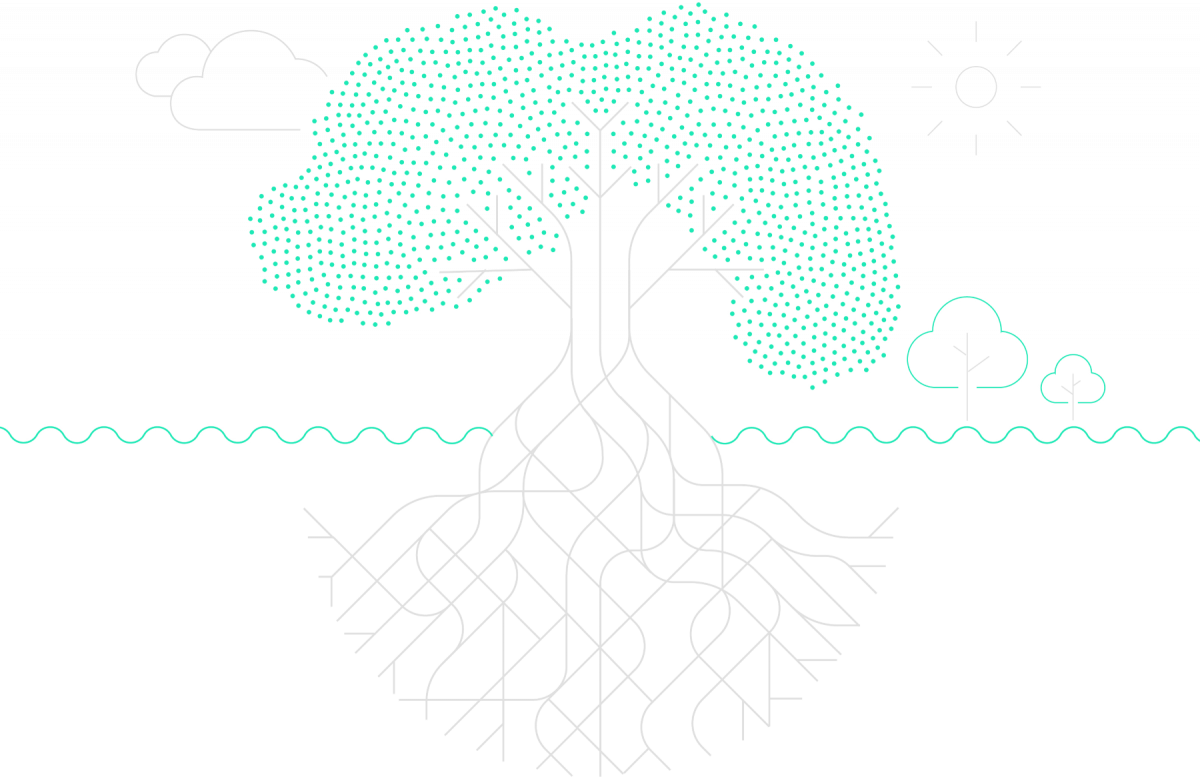SEC Division of Examinations Releases 2026…

In November 2022, Sia Partners, together with Orange and Planète Urgence, launched the CAMERR project (Cameroon Mangrove Ecosystem Restoration & Resilience).

Mangroves are disappearing. An estimated 25% of mangroves have been lost in the past 40 years, resulting from coastal development, land conversion for aquaculture and agriculture, overexploitation, and pollution. The societal implications of depleted mangrove ecosystems are vast: they include reduced economic growth, impoverished livelihoods, declining human security, poorer quality of life for local communities. and more carbon in the atmosphere.
In November 2022, Sia Partners, together with Orange and Planète Urgence, launched the CAMERR project (Cameroon Mangrove Ecosystem Restoration & Resilience). CAMERR aims to restore 1,000 hectares of mangrove forests in the Cameroon and Ntem estuaries over a 30-year period, making it the largest-ever mangrove restoration project in Cameroon. The project contributes to global carbon neutrality and the United Nations Sustainable Development Goals.
Mangrove forests are extremely valuable ecosystems: they are havens for biodiversity, prevent coastal flooding, filter pollutants, and sequester significant amounts of carbon from the atmosphere. In Cameroon, however, 66% of the mangrove forests are depleted; it is estimated that nearly 3,000 hectares of mangrove forests in the country disappear every year. This has led to destructive flooding, contaminated drinking water, and a significant strain on aquatic life, which is detrimental to the economic and food security of local communities.
Rapid, widespread action is needed to ensure coastal populations can restore the mangroves and reappropriate these ecosystems in the long term. CAMERR is a tremendous step forward in response to these challenges. In addition to the positive impact on climate change and biodiversity inherent to the project, CAMERR promises to have a significant socio-economic impact, most notably in terms of job creation and training programs for the development of sustainable forestry, fish farming, agriculture, and aquaculture practices.
Planète Urgence, an international NGO based in Paris, manages the CAMERR project, working alongside local partners, communities, and traditional, local and national authorities, with the support of Sia Partners and Orange. The active involvement of local populations is of utmost importance; CAMERR complies with Cameroonian protocol to ensure full disclosure of the project to local communities for their consent and to maintain an open dialogue.
The link to the full press release can be found here: Sia Partners, Orange and Planète Urgence launch the largest ever mangrove restoration project in Cameroon.
Carbon absorption
Protection of shorelines
Improved water quality
Socioeconomic impact
Biodiversity hotspots

As the project progresses, we expect that CAMERR will respond to nine of the United Nations Sustainable Development Goals.

We have three core objectives for this project: first, to restore the Mangrove ecosystem as much as possible; second, to provide local populations with the necessary tools and knowledge to preserve the mangrove forest; and finally, to strengthen the socio-economic autonomy of these communities.
More information can be found below.


